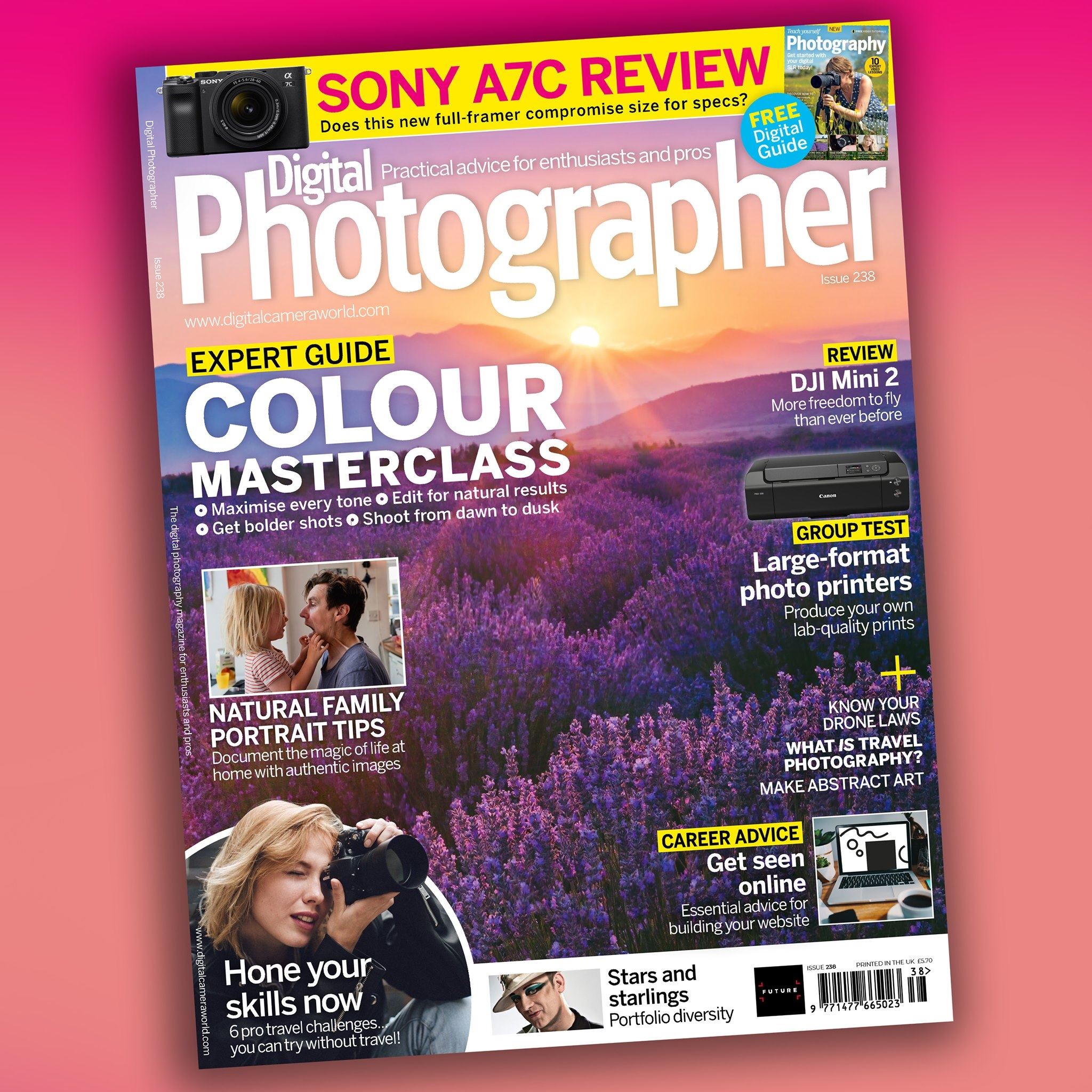Upgrade your kit! Switching up from APS-C to a full frame camera: what to consider
Full frame is the next logical step from an APS-C camera, but what are the advantages, and is it all plain sailing?
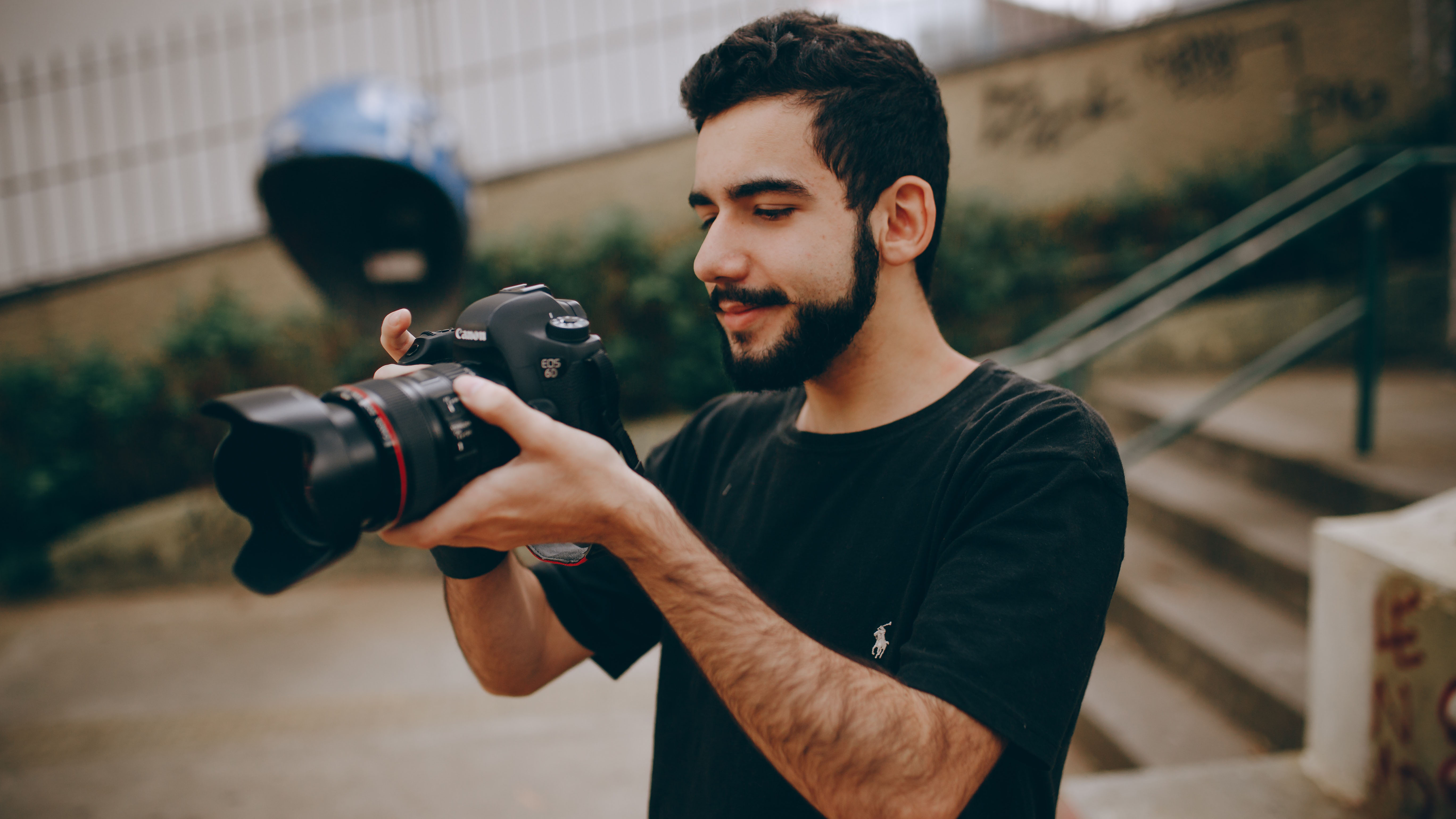
The switch from an APS-C format or Micro 4/3 camera – essentially any ‘crop-frame’ sensor – to a full frame model is often seen as the standard upgrade path for enthusiasts and professionals to take. The physically larger sensor area enables pixels with a greater light capacity, enabling both improved low light performance and a wider dynamic range over an APS-C body, or dramatically increased resolution. These improvements might not be fully appreciated by casual photographers, but in the professional arena these are qualities which come into play regularly.
Event and landscape photographers for example, the latter also encompassing property photography and architecture, will undoubtedly encounter blown highlights and image grain, during the course of a shooting session. On a one-off basis these might be possible to correct in software, through exposure blending or noise reduction respectively, and are failings which can be forgiven when weighed against the cost savings of APS-C.
When you are capturing thousands of similar images however, the benefits of superior out-of-camera tonality and detail become exponentially more critical. This makes the larger sensor an attractive option, especially when the main benefits of a smaller sensor become less important, namely portability and greater lens reach.
The best full frame mirrorless camera in 2021
Beyond absolute image quality there are other reasons to consider a switch to the larger sensor format of full frame cameras. Now more than ever, APS-C offers true professional quality, with many pros remaining faithful to the format, so dynamic range and noise control are not the whole picture. For portrait shooters, the shallower depth-of-field afforded by full frame enables the style of image many of the buying public might call the ‘pro look’. The difference in focus depth when using the same lens on cameras of both formats is surprising at first, and is often considered to be reason enough to switch on its own.
Naturally full frame isn’t without its drawbacks, so the choice to adopt it as the baseline for your entire camera system should come down to whether the aforementioned image characteristics are a benefit to your photography or a hindrance.
Full Frame pros and cons
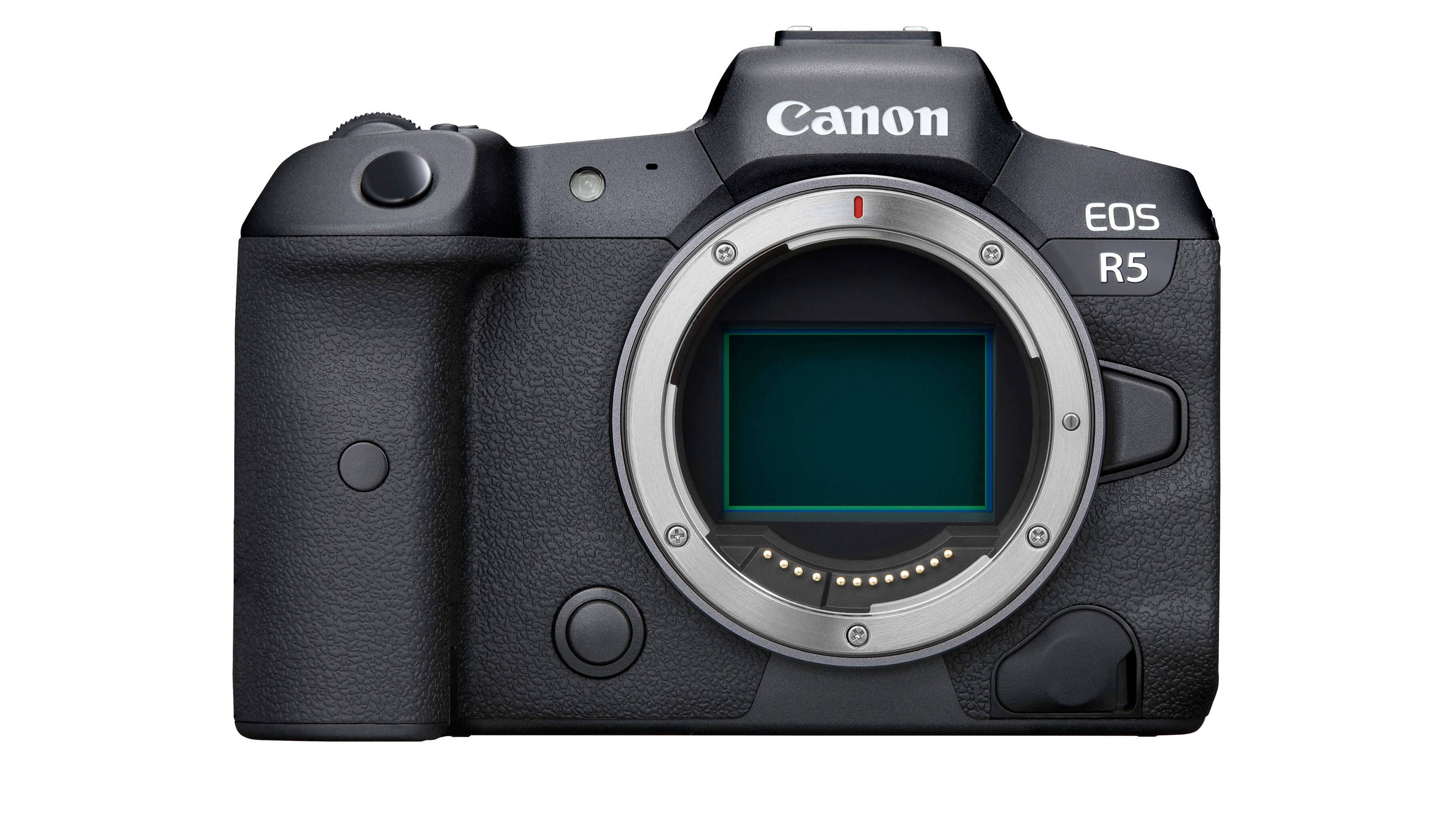
Full frame cameras typically bring professional features
Generally, because of the added cost of the larger sensor, full frame cameras are aimed at photographers with a pro budget. This means these models tend to have more professional features and a more solid build quality too.
Get the Digital Camera World Newsletter
The best camera deals, reviews, product advice, and unmissable photography news, direct to your inbox!
Full frame cameras offer maximum field of view
As lens technology improves we can now access 14mm focal lengths and less on full frame lenses, meaning these offer the widest possible field of view of any commercially available camera lenses. This is ideal for interior and event photographers.
Full frame gives better low light performance or resolution
Larger sensor area means larger pixels, which allows superior noise performance in low light. Higher resolutions are also possible without significantly compromising the signal-to-noise ratio, creating a new breed of ‘all-rounder’ cameras, combining speed, resolution and noise management.
You tend not to get both. A full frame sensor will give better low light performance and dynamic range than an APS-C sensor of the same resolution, OR a full frame sensor can offer a much higher resolution while equalling the noise performance and dynamic range of a lower-resolution APS-C sensor.
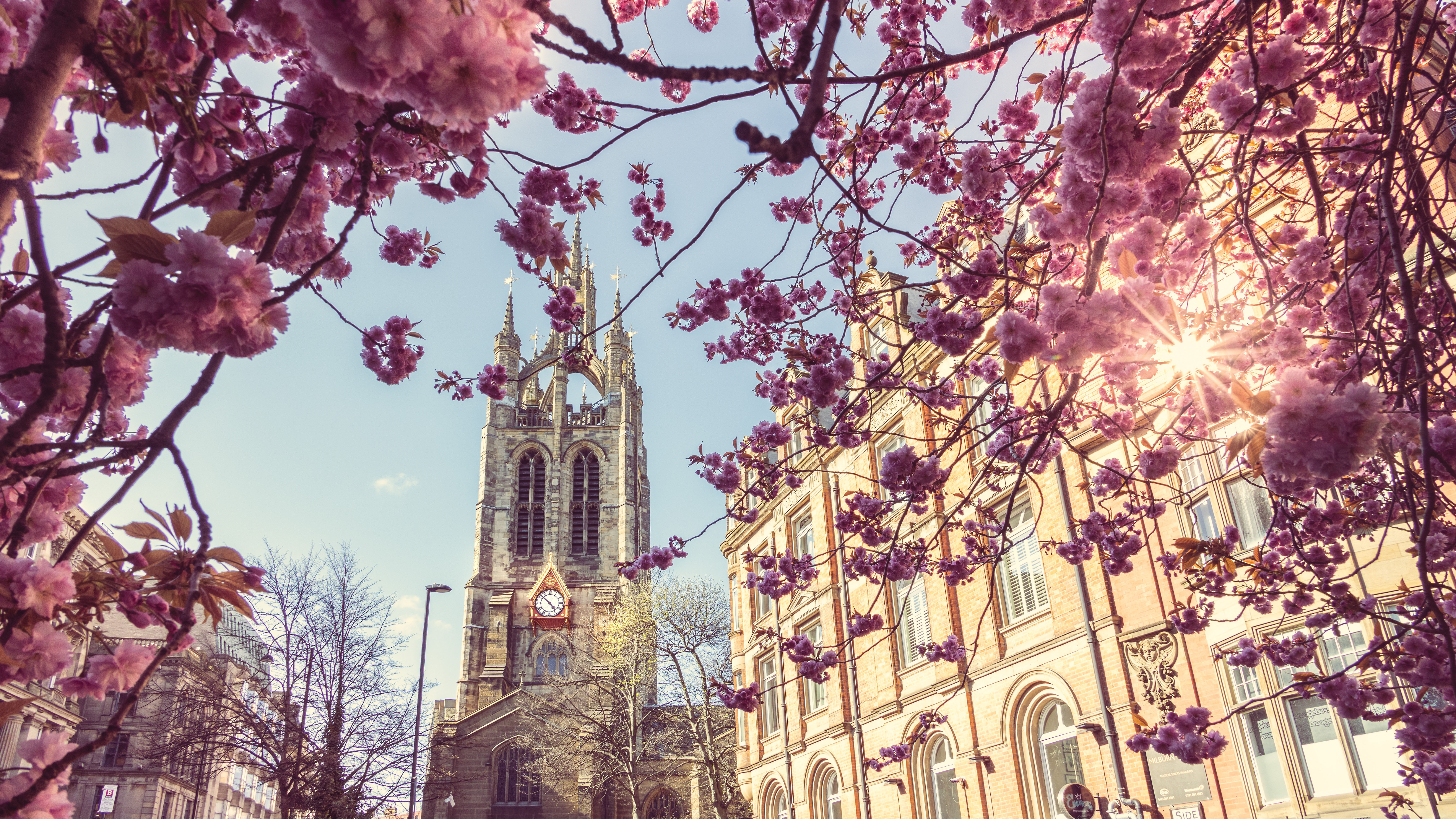
Full frame cameras are bigger and heavier
Larger bodies and larger lenses equal greater weight and external dimensions. When combined with an all-metal build you get some very big and heavy camera setups. The EOS 1DX III and Nikon D6 are anything but travel friendly, for example.
Higher resolution cameras produce larger files
Greater data capture and higher pixel counts result in increasingly large file output. With a pro full frame camera of over 30MP, raw file sizes increase considerably, creating storage and archival challenges.
Full frame cameras have less 'reach' for long-distance subjects
While landscape shooters might gain at the wide end, users of telephoto optics will lose out. The effective focal length of a lens will be reduced when swapped from an APS-C body to a Full Frame model, so teleconverters will be required to compensate.
Upgrade examples
While most new cameras are mirrorless there are still some fantastic pro DSLRs available. The following upgrade is one which was standard for enthusiast photographers turning pro for many years. Similar steps are available within mirrorless systems. We’ve also provided some similar cameras users of similar models might want to look at.
Generally, your upgrade path is simpler when you already know what you're looking for, for example upgrading an APS-C sports camera to a full frame sports camera.
Like for like: from Canon EOS 7D Mark II...
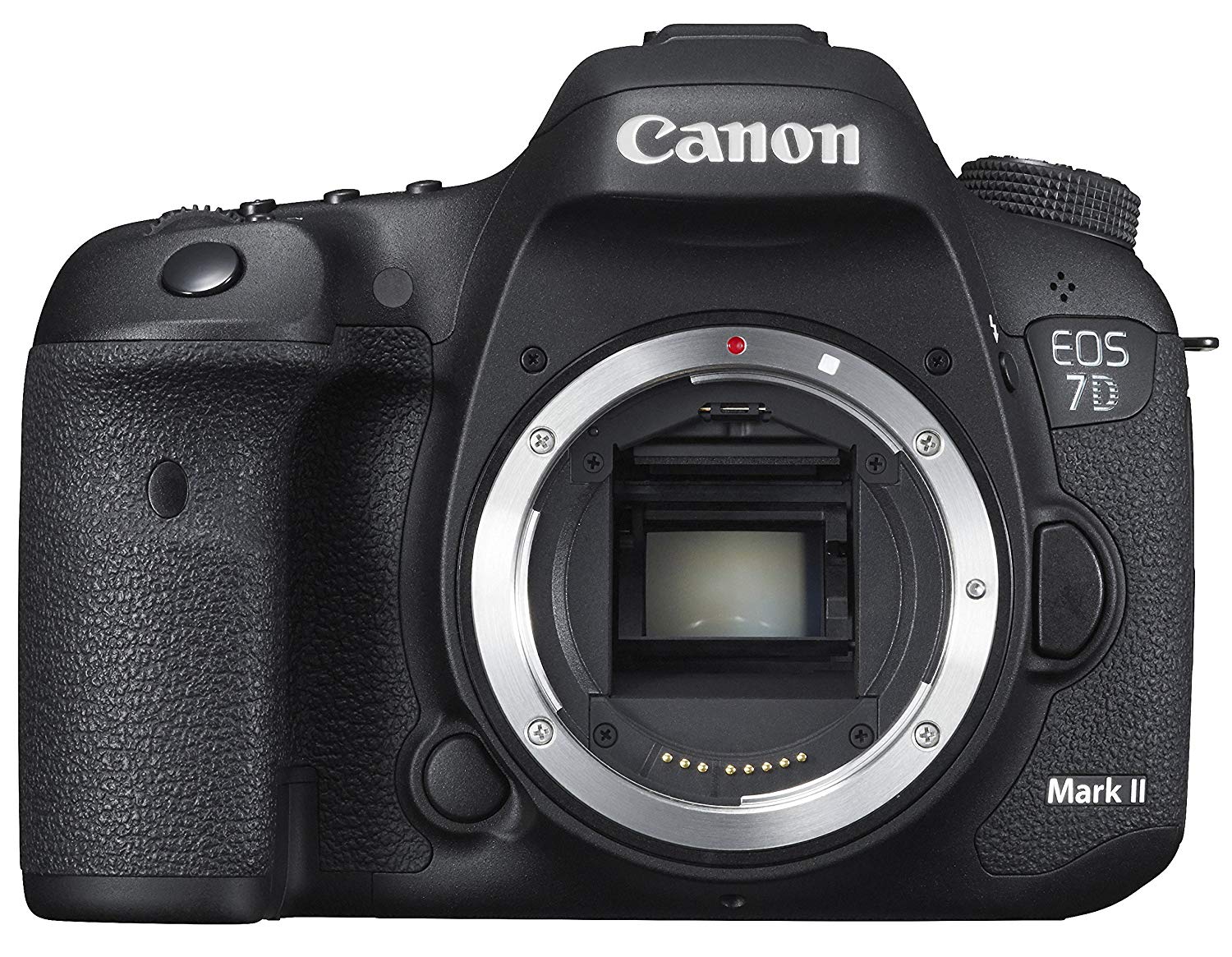
A representative semi pro APS-C DSLR, the EOS 7D Mark II was built mainly for sports and wildlife devotees, with an impressive frame rate of 10fps at 20.2MP. It is equipped with 65 cross-type AF points and a top ISO of 16000. It also features a tough body and built-in flash, for wireless speedlight control.
...to Canon EOS 1DX Mark III

The monster camera which arguably topped the DSLR tree. The EOS 1DX Mark III has a rather modest pixel count of 20.1MP but possesses a blistering max frame rate of 20fps (16fps mechanical shutter) and 191 AF points. It also features a top native ISO setting of 102,400, with ridiculous extended settings. Also present are 5.5K Raw video shooting, a built-in vertical grip, full weather sealing and integrated GPS. Essentially it offers everything a pro photographer could want, except huge resolution.
Similar upgrade cameras to consider: Nikon D6, Sony A9 II, Panasonic Lumix S1R
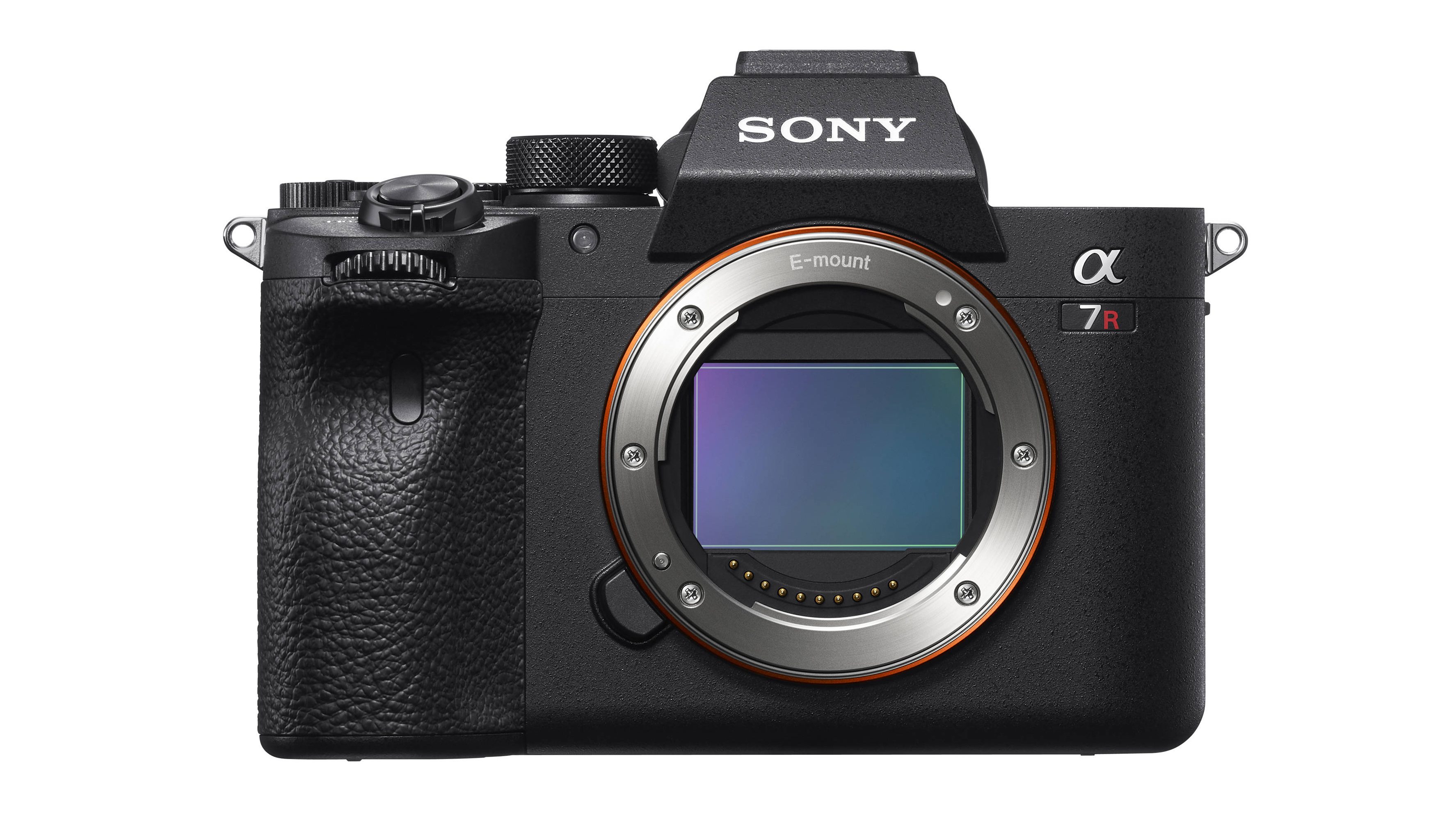
Change of style: from APS-C to high-res full frame
Sometimes you're not simply trying to get a camera that does the same as your APS-C model but with a full-frame sensor; sometimes you want something that only a full frame camera can do. Typically, that comes down to one thing: resolution:
Here's another upgrade example along those lines, swapping from an APS-C Sony mirrorless camera to a full frame model.
The Sony A6000-series cameras have 24MP sensors, but by upgrading to the Sony A7R IV you can take a huge leap to 61 megapixels. You can even use your old APS-C lenses on this camera directly in 'crop' mode and still get the same resolution as the APS-C model.
Read more:
• The best Canon cameras
• The best Nikon cameras
• The cheapest full frame cameras
Digital Photographer is the ultimate monthly photography magazine for enthusiasts and pros in today’s digital marketplace.
Every issue readers are treated to interviews with leading expert photographers, cutting-edge imagery, practical shooting advice and the very latest high-end digital news and equipment reviews. The team includes seasoned journalists and passionate photographers such as the Editor Peter Fenech, who are well positioned to bring you authoritative reviews and tutorials on cameras, lenses, lighting, gimbals and more.
Whether you’re a part-time amateur or a full-time pro, Digital Photographer aims to challenge, motivate and inspire you to take your best shot and get the most out of your kit, whether you’re a hobbyist or a seasoned shooter.
